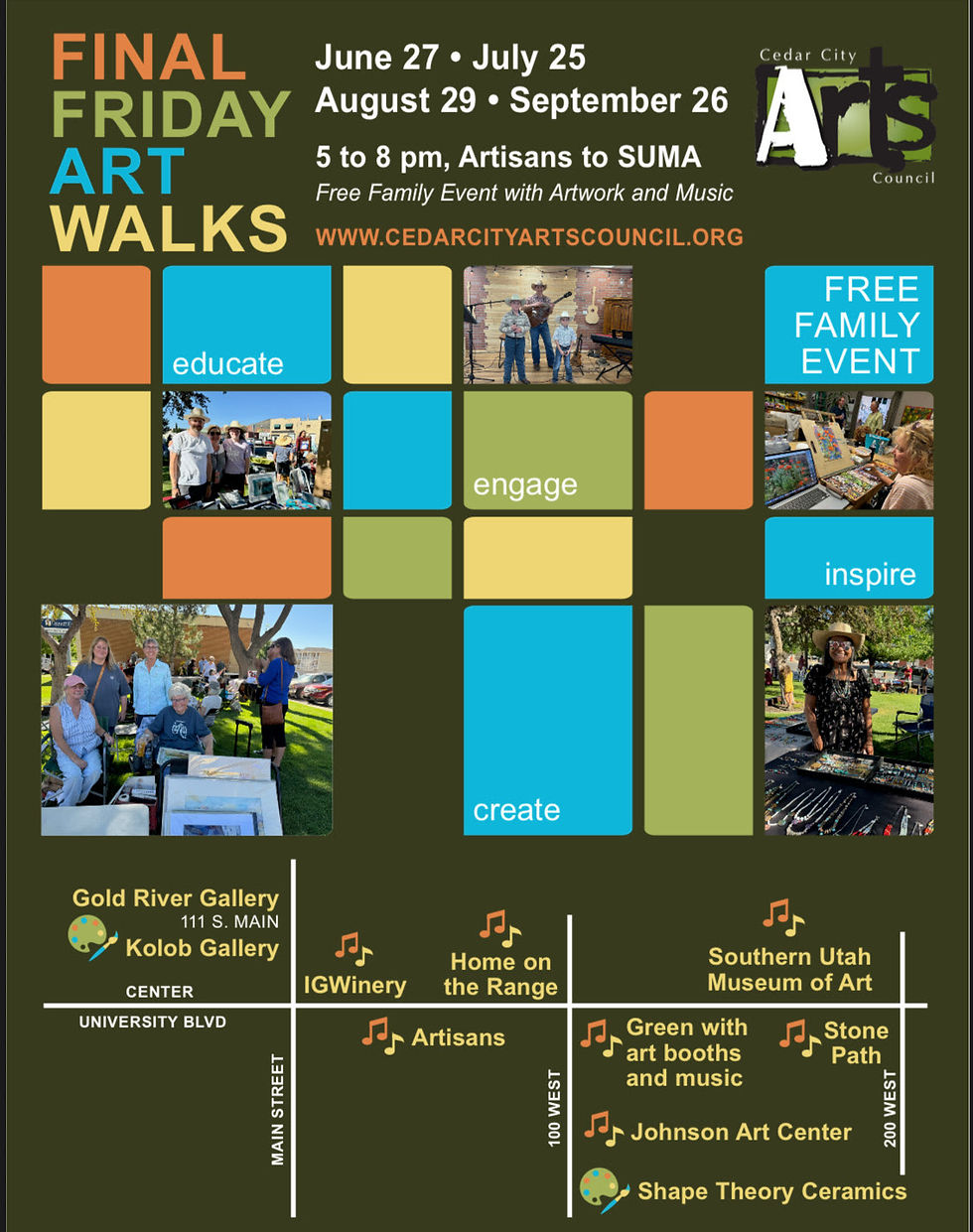The Unseen Benefits of Fine Art in Community Engagement and Workplace Productivity
- Sienna Cuthbertson
- Jun 2
- 4 min read
Art transforms more than just a blank canvas; it reshapes our communities and revitalizes workplaces. Beyond its beauty, fine art fosters creativity, enhances understanding, and improves mental well-being. As a powerful medium for positive change, it plays a crucial role in our social fabric. Fine Art is not always accessible to all people, and here at Gold River Gallery we would like to change that within our community. Our gallery is free to the public, and we would like to welcome you to experience the magic of fine art. We offer a unique and comfortable space that is accessible to all people regardless of their background, age, or ability. Now let’s explore why making art accessible is so important and how fine art impacts both communities and workplaces.

Encouraging Creativity and Self-Expression
Fine art provides a vital outlet for creativity and self-expression, especially among children. Through creative activities such as drawing, painting, or acting, young people can explore their identities, express feelings, and sharpen critical thinking skills. For instance, a study by the Arts Education Partnership found that students involved in arts education scored 12% higher on standardized tests compared to their peers who were not involved. This early engagement with art equips children with skills that help them thrive in the future.
As these children mature, the values of creativity and self-expression remain integral to their professional lives. Adults engaged in the arts often embrace innovative thinking, encouraging them to tackle challenges from diverse perspectives. This creative mindset can lead to groundbreaking solutions, driving advancements in various sectors, including technology and healthcare.
Mental Health and Well-Being Benefits
The therapeutic value of art is supported by substantial research. Studies show that engaging with art—whether creating or observing—reduces stress and alleviates anxiety. According to a study published in the Journal of the American Art Therapy Association, art therapy reduces anxiety levels by up to 30%.
Communities that prioritize access to art create healing environments. Public art installations offer calming spaces for reflection, while community art classes provide effective outlets for self-expression. In an age where mental health is gaining traction, the role of art becomes even more significant, promoting both personal and communal well-being.
Enhancing Community and Connection
Art has a unique ability to unify people. Community art events—festivals, exhibitions, or workshops—provide opportunities for collaboration and engagement. For example, the "Art Walk" in Cedar City, attracts thousands of participants, creating networks among local artists and residents. These events foster belonging and instill pride among members, resulting in a supportive community.
When residents feel ownership of local art initiatives, their desire to contribute positively to their environment increases. Communities benefit overall as people connect more deeply and share common goals.

Creating Economic Opportunities
Investing in fine art can yield significant economic benefits. Art attracts tourism, a vital revenue source for local economies. A report from the Americans for the Arts showed that every $1 invested in the arts generates approximately $4 in economic return. Visitors flock to art festivals, galleries, and performances, spending money in local establishments.
Supporting local artists and craftspeople encourages entrepreneurship, creating jobs and enriching the local economy. By cultivating a vibrant arts scene, communities can establish themselves as cultural hubs, attracting creative professionals and businesses. This not only enhances the local character but also boosts economic growth.
The Impact of Art in the Workplace
Just as art revitalizes communities, it can significantly enhance workplace productivity. Organizations that integrate fine art into their environments often see improved creativity and innovation among employees. A study published in the Journal of Workplace Behavior states that businesses using art in the workplace reported a 15% increase in employee engagement.
Moreover, a welcoming workspace, adorned with thoughtfully chosen art, creates a positive first impression on clients and employees alike. An engaging environment helps reduce turnover and improves morale, as employees feel more motivated and valued.

Memorable Impressions
Incorporating art in the workplace distinguishes a company from its competitors. Unique art pieces can serve as conversation starters, leading to memorable interactions for clients and visitors. According to a survey by the Art in the Workplace study, companies that embraced a creative atmosphere are viewed as more innovative by 87% of respondents.
When employees feel relaxed and engaged, relationships strengthen, promoting collaboration and creating a positive workplace culture.
Tax Benefits of Art
Businesses investing in fine art may unlock financial advantages. Many countries allow art acquisitions to be tax-deductible, turning a business expense into a strategic investment. This incentive can significantly lower costs while enhancing the work environment.
Additionally, art can appreciate over time, offering potential financial returns. Companies opting for strategic investments in art gain dual benefits: cultural enrichment and the opportunity for financial growth.
Creating Desirable Work Environments
Ultimately, incorporating fine art fosters a workplace where employees want to thrive. A thoughtfully curated environment generates pride and connection. As organizations pursue a culture of inclusivity and innovation, fine art substantiates their aspirations, becoming an essential part of their ethos.
In summary, fine art is not merely confined to galleries or museums; it is a vital element of community engagement and workplace productivity. By promoting creativity, cultural appreciation, mental well-being, and economic opportunities, art has the power to improve lives and environments. For anyone focused on growth and connection, integrating fine art into both community initiatives and workplace designs is a transformative pursuit.




Comments